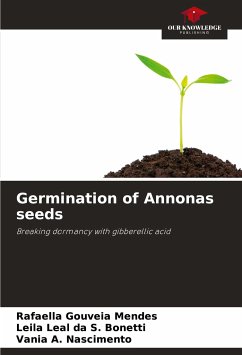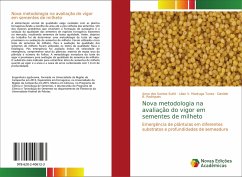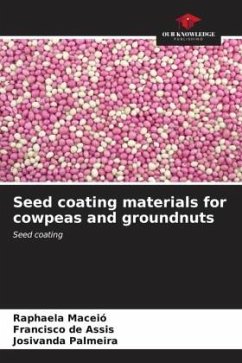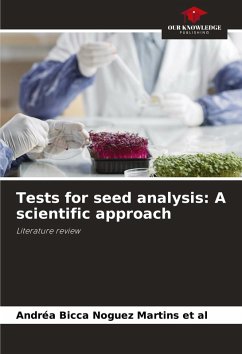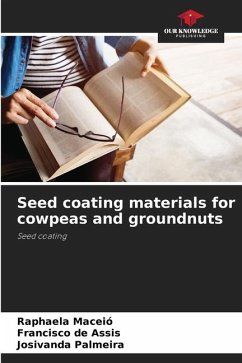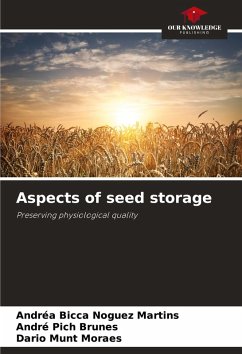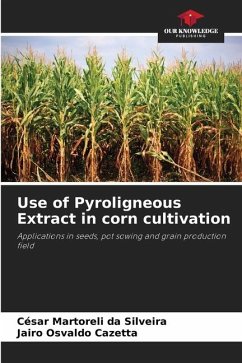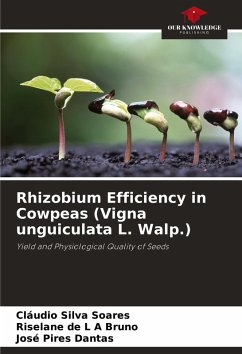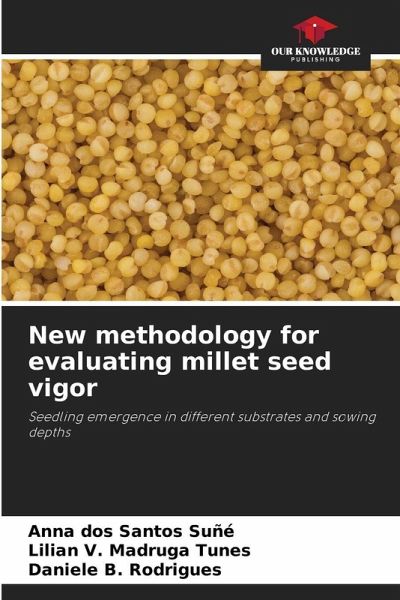
New methodology for evaluating millet seed vigor
Seedling emergence in different substrates and sowing depths
Versandkostenfrei!
Versandfertig in 6-10 Tagen
24,99 €
inkl. MwSt.

PAYBACK Punkte
12 °P sammeln!
High-quality animal feed requires careful attention to forage plants, from the choice of area to post-harvest seed handling. One of the biggest problems involving pasture formation is the variation in the quality of forage species seeds available on the market, resulting in low-quality seeds. Thus, the objective of this study was to determine a promising seed vigor testing methodology for evaluating millet seeds. Five batches of millet seeds were used. Physical and physiological quality tests were used to evaluate the quality of millet seeds. After emergence, the emergence speed index, total s...
High-quality animal feed requires careful attention to forage plants, from the choice of area to post-harvest seed handling. One of the biggest problems involving pasture formation is the variation in the quality of forage species seeds available on the market, resulting in low-quality seeds. Thus, the objective of this study was to determine a promising seed vigor testing methodology for evaluating millet seeds. Five batches of millet seeds were used. Physical and physiological quality tests were used to evaluate the quality of millet seeds. After emergence, the emergence speed index, total seedling length, dry matter of the seedling, and number of leaves were evaluated. The innovative vigor test methodology is promising for evaluating the quality of millet seeds. The most suitable substrate for stratifying millet seed lots in terms of vigor is sand and carbonized rice husks with a depth of 1.0 cm.




